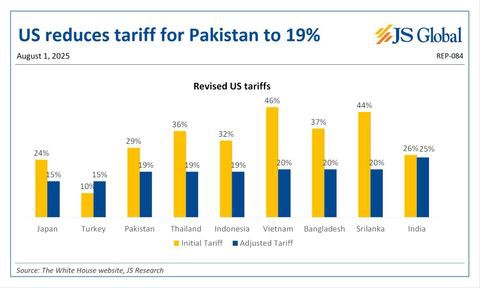As Pakistan and the US close one chapter of economic diplomacy with the successful conclusion of historic trade talks, a new one begins, this time in the digital realm. The 31st July’s high-level meeting between Bilal Bin Saqib, Pakistan’s Minister of State for Crypto and Blockchain, and Bo Hines, Executive Director of President Trump’s Council of Advisers on Digital Assets, marked a bold new direction in U.S.–Pakistan relations. The discussion centered on the global coordination of crypto policy and Pakistan’s ambitious plans to become a regional hub for Web3 innovation.
This engagement came a day after the United States unveiled its long-awaited Digital Asset Framework, a landmark blueprint for global digital asset regulation. The alignment sends a strong signal: Pakistan and the U.S. are no longer just trading partners. They are now exploring how they can collaborate on crypto legislation.


This latest dialogue follows Bilal Bin Saqib’s landmark visit to the United States in June, where he held extensive meetings with top U.S. lawmakers, including Senators Cynthia Lummis, Tim Sheehy, and Rick Scott, as well as New York City Mayor Eric Adams and Bo Hines himself.
Saqib is also the CEO of the Pakistan Crypto Council (PCC), the country’s regulatory body for virtual assets. Tasked with supporting the development and implementation of Pakistan’s national crypto strategy, the PCC plays a central role in shaping legislation, licensing frameworks for Virtual Asset Service Providers (VASPs), and advancing the adoption of blockchain technology across sectors.
